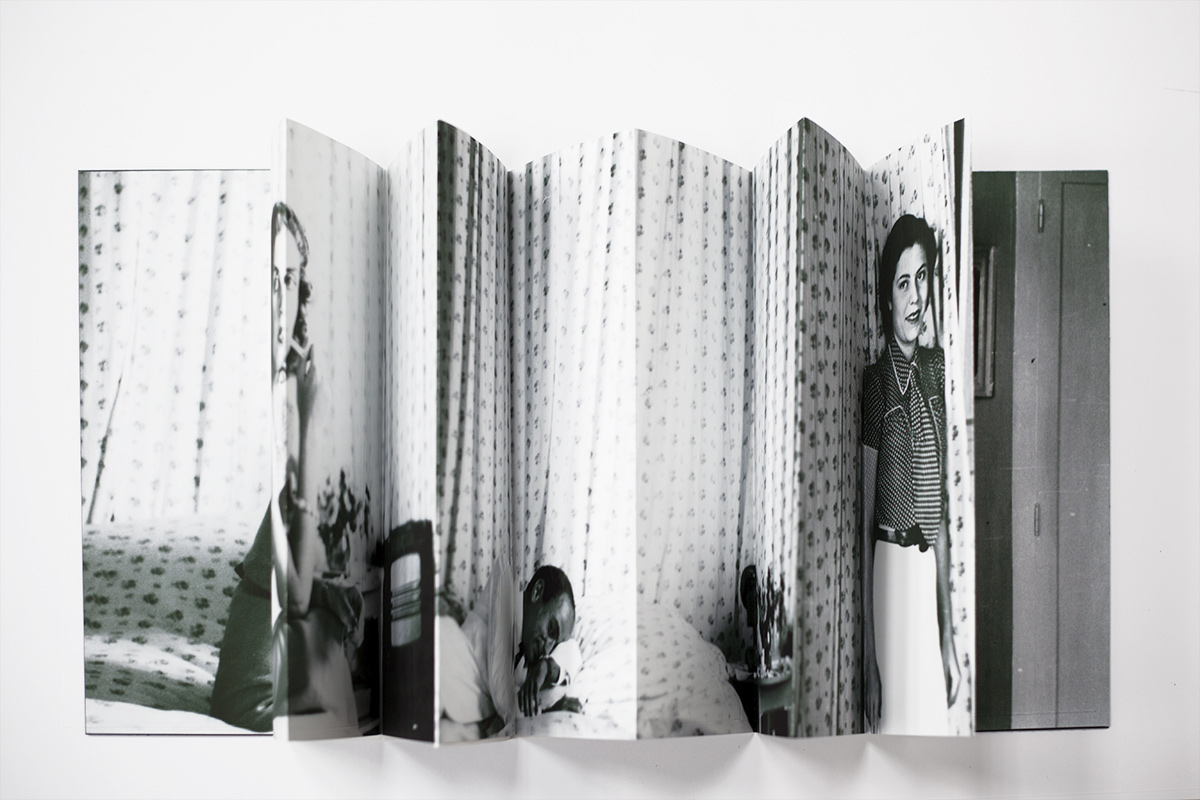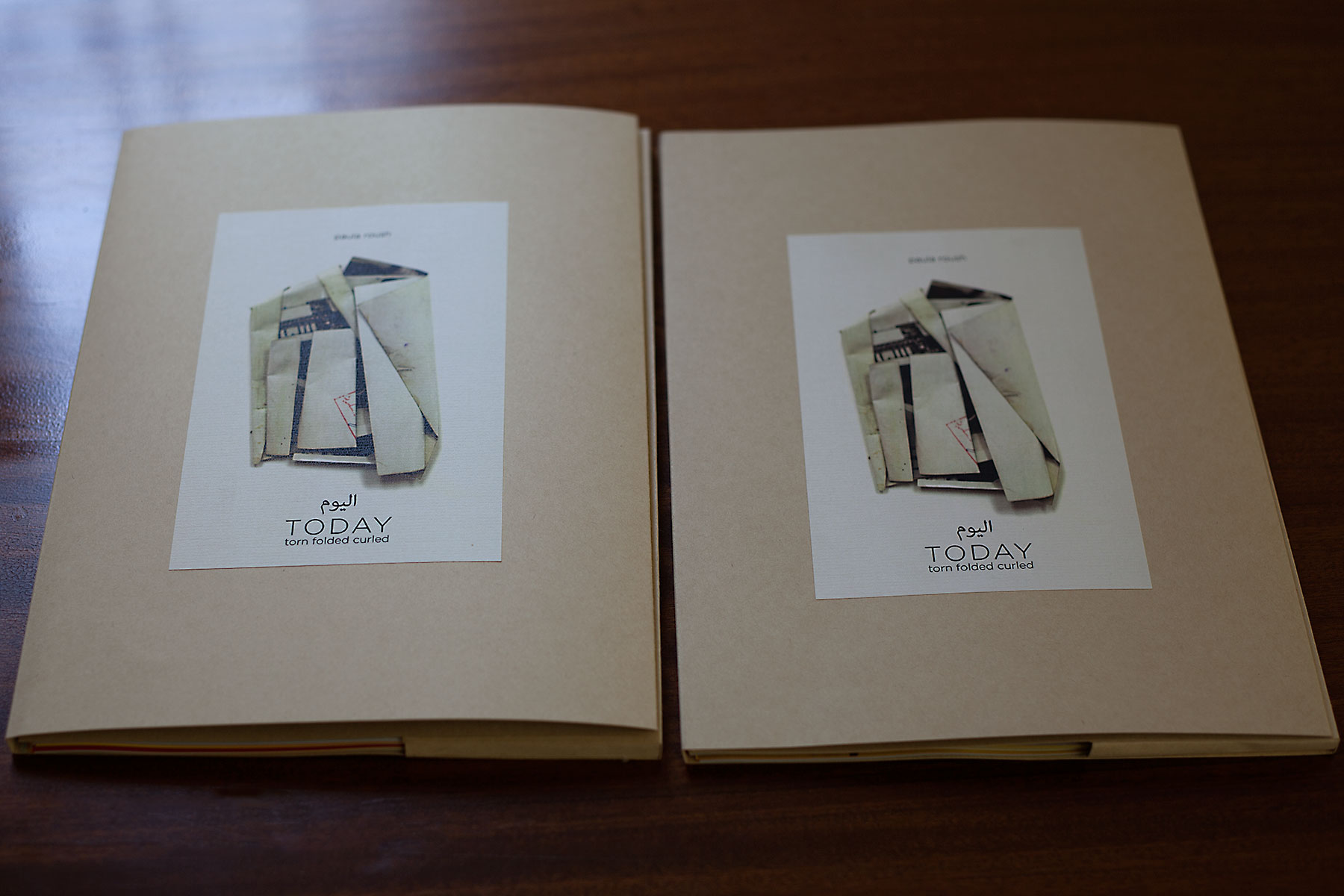Torn, Folded, Curled: Orphan Photographs
Sourced From the Arab Image Foundation
(Crafting an Archaeology of the Recent Past,
One Photobookwork at a Time).
Paper presented at
The Archive: Visual Culture In The Middle East Symposium
(Publishing as an Intellectual Design Platform: Lebanon)
Lebanese American University, School of Architecture & Design
Department of Art & Design symposium.
Organised by Yasmine Nachabe Taan and Melissa Plourde Khoury.
LAU Byblos campus, April 5, 2019
(publication forthcoming)
The Archive: Visual Culture In The Middle East Symposium.
(Publishing as an Intellectual Design Platform: Lebanon)
Lebanese American University
School of Architecture & Design
Department of Art & Design symposium
Organised by Yasmine Nachabe Taan
and Melissa Plourde Khoury.
LAU Byblos campus, April 5, 2019
For more information on The Archive: Visual Culture
In The Middle East see here.
The project Torn Folded Curled is available here
Full essay here
Torn, Folded, Curled: Orphan Photographs Sourced From the
Arab Image Foundation (Crafting an Archaeology of the Recent
Past, One Photobookwork at a Time)
is a reflection on the methodologies developed during a
residency at the Arab Image Foundation, a MENA—
Middle East North | Africa—photographic archive.
The focus is the investigation into different types of archival organisation used in public photographic archives and their translation into photobook structures.
Working with orphan photographs that are “torn, folded,
curled” — a term used at the Arab Image Foundation to
categorise heavily damaged photographs that require special
care in storage and preservation—meant developing specific strategies to account for themes of war, destruction, loss and memory in photobook sequencing.
The essay uses five anchors of a practice-—organised around three photobooks sourced from the Arab Image Foundation photographic collections— to analyse ways in which photographic and book art practices integrate with and complement each other in the work with photographic archives.
1. The photographic collection:
how to handle a large number
of photographs, using the group/series/sequence formula;
2. The story-showing technique:
a documentary approach to elevate orphan photographs from archival storage to lived experience;
3. The photo-text authorial position:
how to combine photographs with text and typography for
creative disruption of meaning;
4. The haptic mode:
the sensorial and materiality identity of the book object that engages the reader’s sense of touch;
5. The book dummy:
the handmade maquette used for project development and
get the work seen by partners or a publisher.







